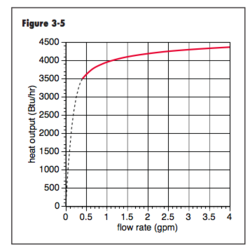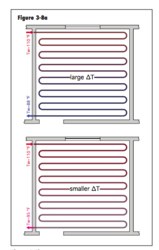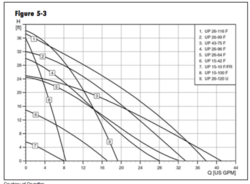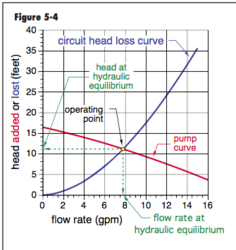My system is a work in progress and somewhat unconventional in some ways. The pump I am running will run 18gpm with the head that I have, My water to air exchange is rated for 160000 btu @ 180 and 15 gpm, the issue I am having is I'm only get a drop across the exchanger of about 7-10 degrees, yet the heat out the registers is great and the house is staying at set temp, fan speed is on high so I cant really increase air flow any at this point, I don't have the propane furnace even there, I made a box to replace it that houses the HX, Fan and AC coil. I just find my deltaT to be very low for what you are all suggesting as normal. I'm am seeing less than 2 degrees of drop from boiler to HX unless DHW is running, Homemade side arm is between boiler and HX. My total system only hold about 180 gallon. In my previous threads I've discussed some of what I've done to the boiler. I now have my differential set to 8 degrees C on the exterior of the boiler outlet line, this gives me a good swing at the boiler so I can get my burn times stretched out. It all works fairly well still tweaking on the boiler some but just curious if the low DeltaT on the HX is an issue.
Thanks
Thanks


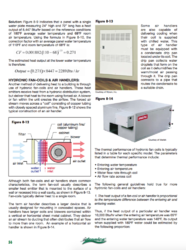
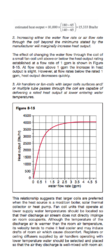
 It is technically wrong and a myth spread by some in the pumping industry.
It is technically wrong and a myth spread by some in the pumping industry.